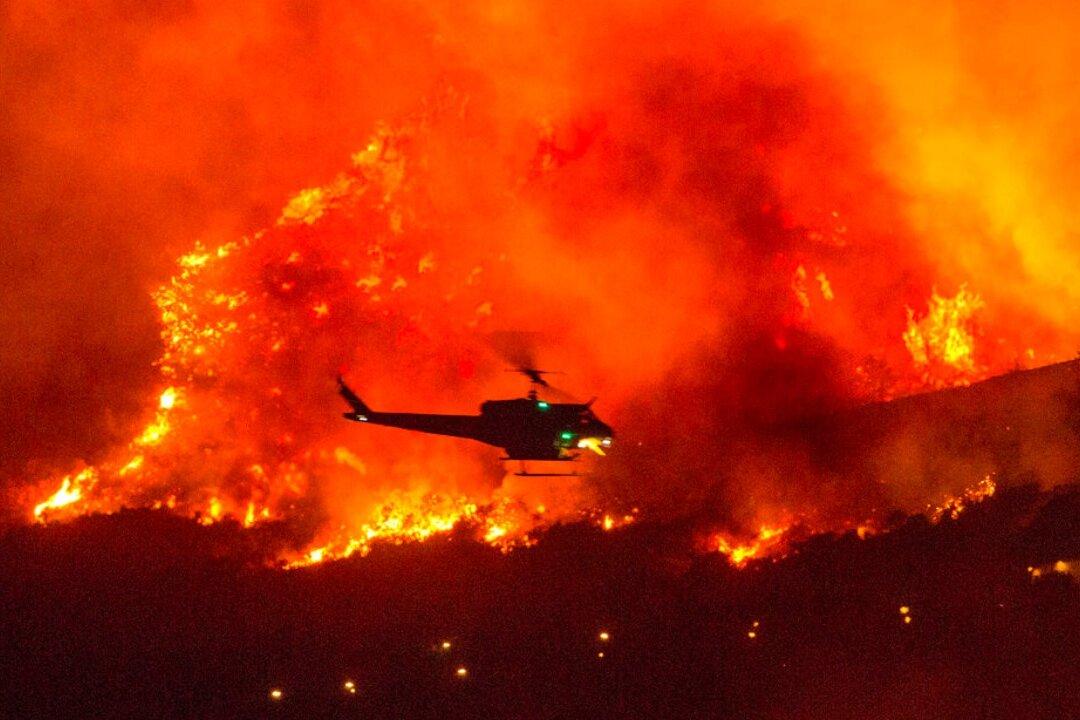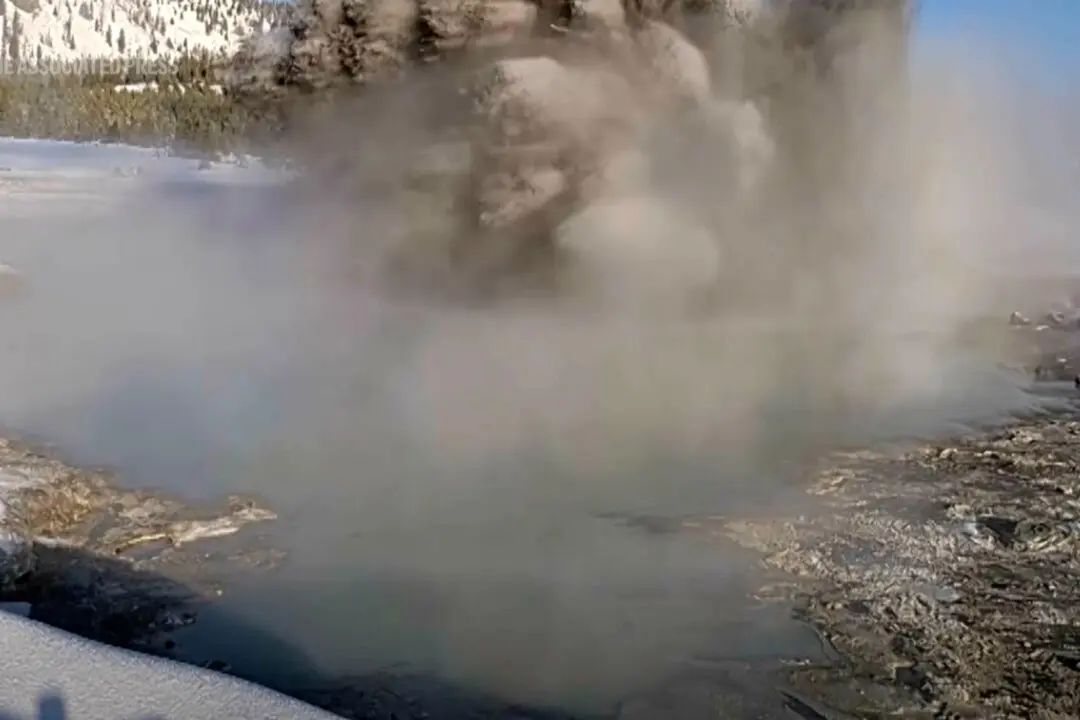SHAVER LAKE, Calif.—More than 200 people were airlifted to safety early Sunday after a fast-moving wildfire trapped them in a popular camping area in California’s Sierra National Forest, one of several fires that broke out amid record-breaking, triple-digit temperatures that baked the state.
The California Office of Emergency Services said Black Hawk and Chinook helicopters were used for the rescues that began late Saturday and continued overnight. At least two people were severely injured and 10 more suffered moderate injuries.





